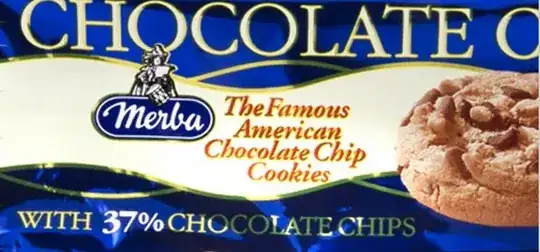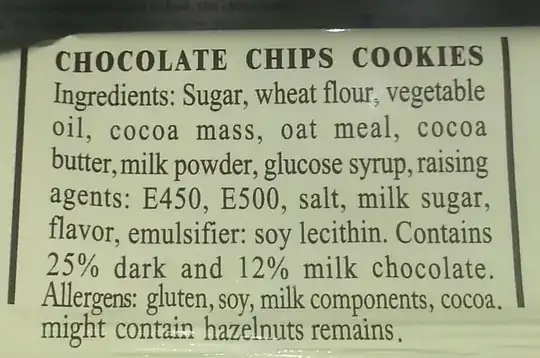Someone once briefly explained to me why it is that chocolate chip cookies have 37% chocolate in them. To the best of my memory it has to do with the way trying to place dots in a circle in a random and scattered way behave, which turns out to be $1/e$ or $\approx37%$.

There are 2 levels of validating this:
The first is the theoretical side: Can you find a suitable definition for "random and scattered" in a circle that fits the use case and the $1/e$ behavior?
The second level is the practical. How does the size of the dots and volume impact this phenomenon? Are there real-life constraints that force it to be $1/e$?
Edit
http://sarcasticresonance.wordpress.com/2012/03/11/1e-do-not-lie/ This blogger validated the fact these do have 37% chocolate, and after contacting him he provided me with the following partial explanation, yet for this to become a full answer some conversion of the problem is needed and practical considerations to be taken.
Let us assume the following:
In the factory the manufacturing process start with a chunk of chocolate the size of a cookie, which is made up from a million chocolate particles. After that there are a million robotic arms. Each arm chooses a chocolate particle randomly and replaces it with cookie dough, unfortunately there is no synchronization between the arms, and its possible for few arm to switch the same chocolate particle. Its obvious that not all million of the particles will be switched but less, and therefore we will have some mix, the question is what will the ratio be.
Let us look on a specific particle, what is the probability of it being switched? hard to calculate directly since it may be chosen by some or all arms, but can be calculated throw elimination: an arm doesn't choose it if it happens to choose another particle.
That means:
$(N-1)/N = 1 - 1/N$
Is sum of all articles so the probability of no arm choosing it is N when:
$(1-1/N)^N$
And that makes the probability of an arm to do choose any particle:
$1 - (1-1/N)^N$
Well approach n to infinity, well use the know fact:
$(1-1/N)^N ----> 1/e$
We will get that in average:
$1-1/e = 0.63$
Which means 0.63 of the chocolate is being switch and there for 37% chocolate is left.
The question remains on the following points:
Can this be converted to scattering things in a circle? [this will make the next part easier]
Does this fit to real life constraints? or is it not?
edit 2
As requested and in reponse to the claim that 37% refers to the chocolate itself, iv'e added a picture of the back with the ingridients
